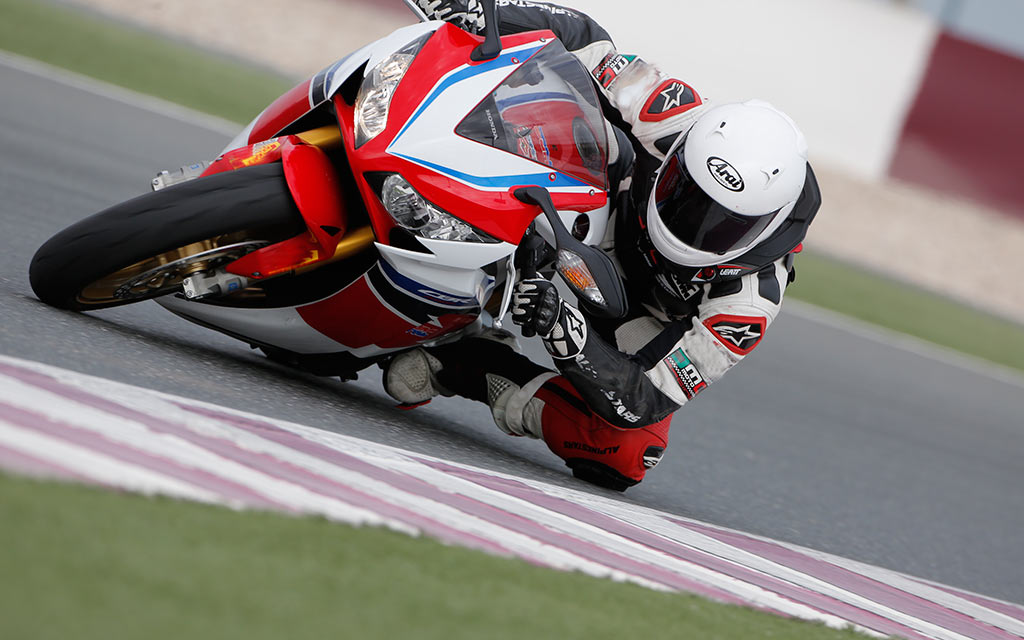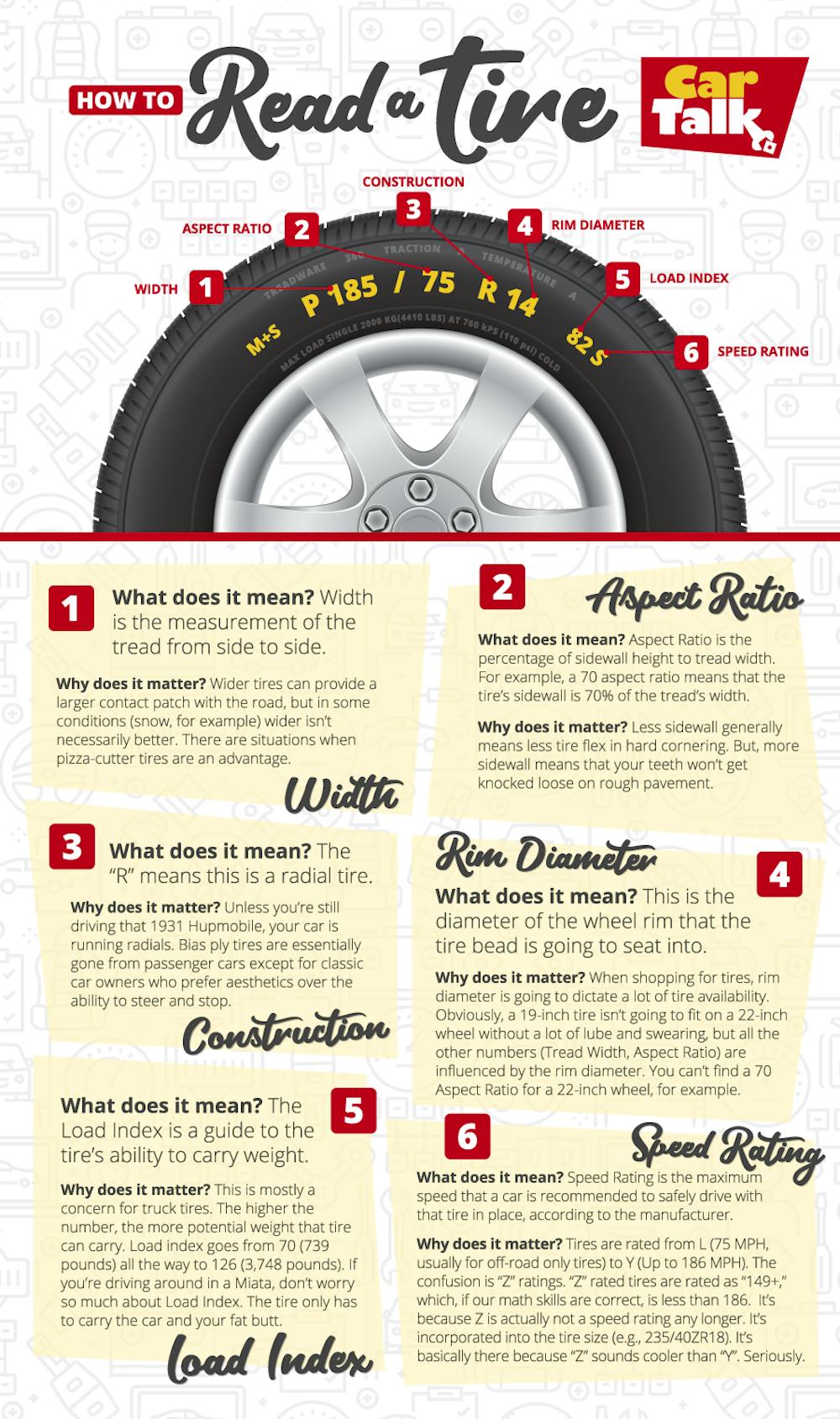All Categories
Featured
Table of Contents
I was able to get 100 hours out of among these tires, and while it had definitely no tire lugs left on it, the soft compound made it function very wellas long as I was making use of a soft mousse. Kitt Stringer picture Easy mounting - 3Wear - 3Sidewall strength - 3Performance on roots - 4Performance on damp rocks - 2Traction on dust - 5Cornering capability - 4Traction while stopping - 4Self-clearing of dust and mud - 3Performance in mud - 3Overall predictability or tracking - 3 _ 37 Conclusion: This is a good all-around tire with great worth for money.

The wear corresponded and I such as how lengthy it lasted and how regular the feel was throughout use. This would also be a great tire for faster races as the lug size and spacing bit in well on rapid surface. Kitt Stringer photo Easy installing - 3Wear - 3Sidewall toughness - 3Performance on roots - 4Performance on wet rocks - 4Traction on dust - 4Cornering capability - 4Traction while stopping - 5Self-clearing of dirt and mud - 4Performance in mud - 4Overall predictability or tracking - 4_42 Final thought: I liked this tire a great deal.
If I needed to buy a tire for tough enduro, this would remain in my top selection. Easy mounting - 3Wear - 3Sidewall toughness - 3Performance on roots - 4Performance on wet rocks - 3Traction on dirt - 4Cornering ability - 3Traction while stopping - 3Self-clearing of dust and mud - 4Performance in mud - 4Overall predictability or monitoring - 3 _ 34 Verdict: This tire was really soft and flexible.
All the gummy tires I tested executed relatively close for the very first 10 hours approximately, with the winners going to the softer tires that had much better traction on rocks (Tyre fitting services). Buying a gummy tire will certainly give you a strong advantage over a routine soft compound tire, however you do pay for that benefit with quicker wear
Best Tyre Replacement
Best worth for the motorcyclist who desires respectable efficiency while obtaining a fair quantity of life. Finest hook-up in the dirt. This is a suitable tire for springtime and autumn problems where the dirt is soft with some wetness still in it. These proven race tires are fantastic throughout, yet wear quickly.
My general winner for a difficult enduro tire. If I had to invest money on a tire for daily training and riding, I would choose this set.
Leading Tyres Near Me – Girrawheen WA
I have actually been running a set of Michelin Power Pilot 2CT's on my track Daytona 675 for the past year. Because time I have actually done 15 track days in all weather conditions from chilly wet to extremely hot and these tyres have never missed a beat. Discount tyres. I've done virtually 2,000 miles (3,200 km) on them and as you can see from this shot of the front taken after initial session of my 15th track day on them, they still have rather a great deal of rubber left on them
Basically the 2CT is an incredible track day tire. If you're the sort of biker that is most likely to run into both damp and dry conditions and is starting out on the right track days as I was in 2015, after that I think you'll be difficult pushed to locate a better value for cash and experienced tyre than the 2CT; a set of which will certainly set you back around 185 (US$ 300) in the UK.
Thinking of a better all round road/track tire than the 2CT should have been a difficult task for Michelin. The outcome of that effort is the Michelin Pilot Power 3 which basically changes the Pure. Do not confuse this new tyre with the road going Pilot Road 3 which is not designed for track use (although some motorcyclists do).
They inspire big self-confidence and provide remarkable grasp degrees in either the damp or the dry. When the Pilot Power 3 released, Michelin suggested it as a 50:50% roadway: track tyre. That message has actually lately altered since the tires are now recommended as 85:15% roadway: track use instead. All the rider reports that I have actually read for the tire price it as a better tyre than the 2CT in all locations but particularly in the damp.
Leading Tyre Safety Near Me
Technically there are many distinctions between both tires despite the fact that both make use of a twin substance. Aesthetically you can see that the 2CT has fewer grooves cut right into the tyre yet that the grooves run to the edge of the tire. The Pilot Power 3 has even more grooves for better water dispersal yet these grooves don't get to the shoulder of the tyre.
One facet of the Pilot Power 3 which is different to the 2CT is the brand-new 2CT+ innovation which expands the harder middle section under the softer shoulders (on the back tire). This ought to offer extra stability and reduce any "agonize" when accelerating out of edges in spite of the lighter weight and more versatile nature of this brand-new tire.

Although I was slightly uncertain regarding these reduced pressures, it turned out that they were great and the tires carried out truly well on course, and the rubber looked much better for it at the end of the day. Equally as a factor of referral, various other (quick group) cyclists running Metzeler Racetecs were making use of tire pressures around 22-24 psi for the back and 24-27 psi on the front.
Generating a much better all rounded road/track tire than the 2CT have to have been a hard job for Michelin. The result of that initiative is the Michelin Pilot Power 3 which basically changes the Pure. Do not puzzle this brand-new tire with the road going Pilot Roadway 3 which is not created for track usage (although some riders do).
Trusted Cheap Car Tyres Near Me – Wanneroo
When the Pilot Power 3 launched, Michelin advised it as a 50:50% road: track tyre. All the biker reports that I have actually reviewed for the tyre price it as a much better tire than the 2CT in all locations but specifically in the wet.

Technically there are plenty of differences in between both tires although both use a double compound. Aesthetically you can see that the 2CT has fewer grooves reduced into the tire yet that the grooves go to the edge of the tire. The Pilot Power 3 has even more grooves for much better water dispersal yet these grooves don't get to the shoulder of the tyre.
One aspect of the Pilot Power 3 which is different to the 2CT is the new 2CT+ modern technology which extends the harder middle area under the softer shoulders (on the rear tire). This need to provide more stability and decrease any kind of "wriggle" when accelerating out of corners regardless of the lighter weight and even more versatile nature of this brand-new tyre.
I was a little uncertain regarding these lower stress, it transformed out that they were fine and the tyres done actually well on track, and the rubber looked much better for it at the end of the day - Tyre shop. Equally as a point of recommendation, other (quick team) cyclists running Metzeler Racetecs were making use of tire stress around 22-24 psi for the back and 24-27 psi on the front
Latest Posts
Leading Budget Car Tyres Near Me – Embleton WA
Affordable Tyre Fitting Services Near Me – Morley WA
Affordable Tyre Replacement Near Me – Alexander Heights